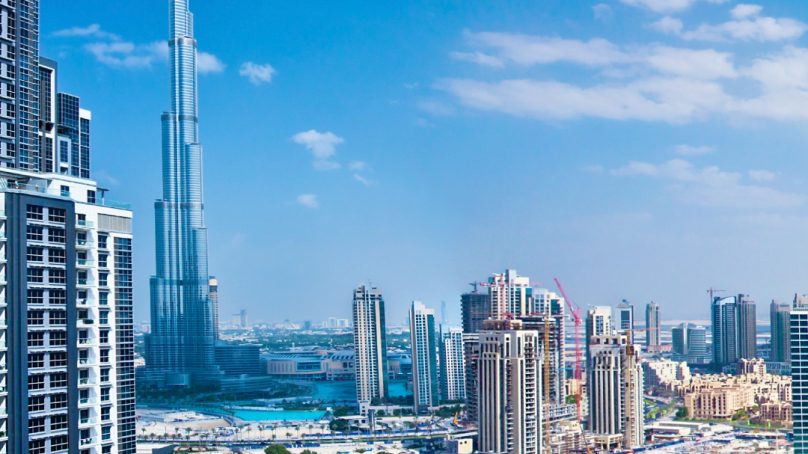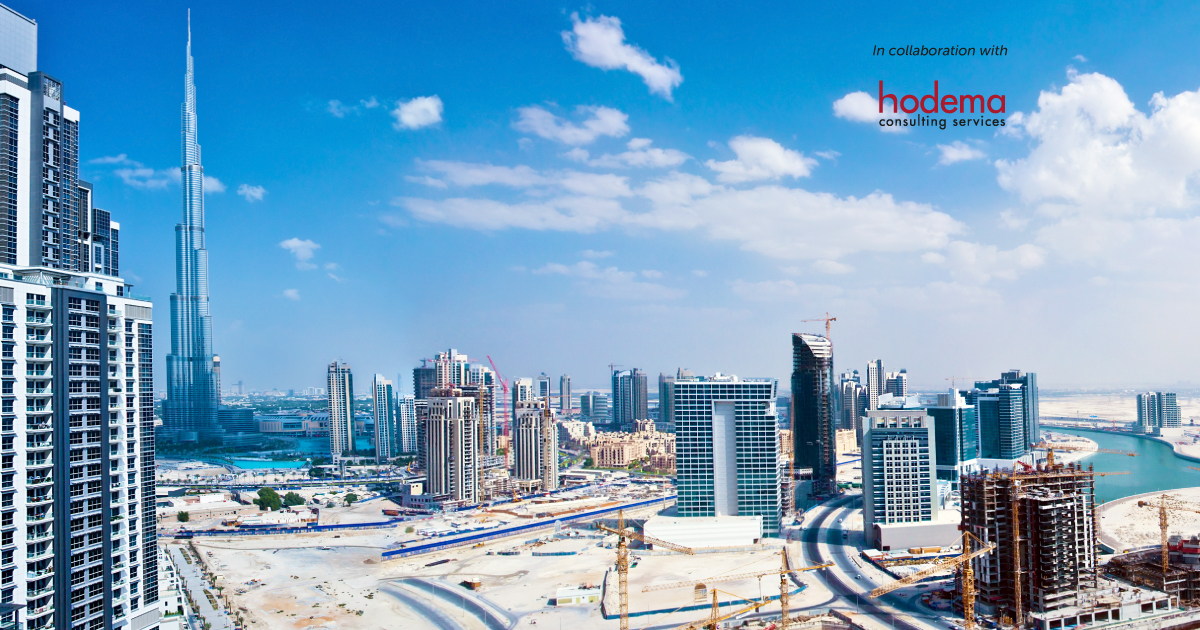

The huge number of people taking the opportunity to travel and visit destinations after pandemic-related rules restricted their movements for so long is a surefire sign that the global tourism industry is back with a bang. According to the World Travel and Tourism Council (WTTC), global tourism is expected to reach USD 9.5 trillion this year, only 5 percent below its 2019 pre-pandemic level. Traditional traveling trends have returned, while new ones are simultaneously growing in popularity, including green tourism and experience hospitality. Many holidaymakers are also opting to spend time closer to home to avoid airplane pollution, which has put a spotlight on local tourism.
Urban boom
The city vs nature divide is another shifting trend in evidence, supporting a revival for well-known urban destinations. These popular hubs, such as Paris, New York and Amsterdam, flourished initially following the development of mass tourism and traditionally enjoyed the lion’s share of the market, attracting visitors all year round, unlike more seasonal sea or mountain resorts. However, they were badly hit by the pandemic, when visitors and workers alike deserted the streets and shops, bringing operations to a halt and revenues crashing down.
In a welcome upturn, the crowds are now back, filling hotels, restaurants and museums, sometimes in even larger numbers than in pre-pandemic years. According to WTTC projections, Paris’s tourism sector is set to rise from USD 36 billion to a record USD 49 billion over the next ten years. There’s also good news for New York, where tourism is projected to reach USD 21.73 billion, up from USD 12.4 billion, in the same timeframe.
Old favorites vs. new contenders
Floods, fires and heatwaves triggered by extreme weather in some of the world’s traditionally popular destinations are also likely to push vacationers toward more urban destinations that are easier to access and offer a wider range of activities.
Paris remains a global powerhouse this year, in good news for France, which has long guarded its most-visited country accolade jealously. In research, the WTTC awarded
it top spot as the most powerful city destination. The index takes into account occupation rates, but also the investments authorities and businesses are making in the sector. The City of Lights recorded more than 44 million visitors in 2022 and
is gearing up to host the Olympic Games next year. London is not far behind, with tourism levels poised to surpass 2019 levels. Stateside, Orlando – with Disney World – and Las Vegas are playing their cards right. New York is also faring well, although it took some time for the city to make up for the shortfalls caused by significant numbers of employees working from home. The WTTC additionally highlights strong performances in key Chinese cities, such as Beijing, Shanghai and Guangzhou. Macao is another destination cited as one to watch, with its visa exemption and gambling industry. Elsewhere, Tokyo, Singapore, Mexico City, Barcelona and Amsterdam have also been delivering strong performances. Significantly, traditional airport layovers, such as Dubai and Kuala Lumpur, have become highly popular destinations, attracting 14 million and nearly 17 million people respectively last year. Hanoï, meanwhile, received three nods at the World Travel Awards 2023.
Uneven recovery, disappearing divides
Many urban touristic destinations lag well behind these record numbers, however. Western Europe and Northern America have been making headway thanks to domestic and regional trips, but in Eastern Europe, the industry is struggling, with the war in Ukraine dampening recovery. Another issue is the loss of workers in city centers. Several hubs have tried to make up for the revenue deficit by turning shops and restaurants into touristic venues. In Amsterdam the shift is noticeable, with most offices having now moved out of the city center, followed by residents, making way for short-term rentals and shops catering to tourists. Some cities’ districts, such as Barcelona, have also become too expensive for locals.
Such developments have blurred boundaries between tourist and non-tourist districts, and fueled discontent among some residents who are annoyed by new disruptions to their routines. Several authorities have taken action to find solutions to these problems; Venice is implementing a daily tax for visitors to limit the crowds, while Barcelona has put a cap on the number of accommodations available during peak season and Amsterdam is considering moving its red-light district to the outskirts of the city.
The shift to urban areas dedicated to tourism is not the only change underway in cities. Evolving practices have led to visitors extending their reach into areas that have traditionally been the domain of locals, blurring the lines between what constitutes a touristic and residential part of a city. Today, a growing number of travelers want to experience life as a local, preferring to lose themselves in the backstreets of lesser-known neighborhoods rather than stick to the iconic touristic sites and attractions.
Tech and transport shifts
Keen to tap into these changing trends, authorities across many cities have responded by developing or adopting technologies that allow them to offer new solutions to visitors in search of a little authenticity. Adelaide in Australia, for example, is using augmented reality in its interactive guided tours, while many other municipalities are currently developing their own experiential apps. Porto is leading the way in these tech changes by introducing several new digital tools. The app Explore Porto provides route information through QR Codes placed on bus stops and tourist points of interest. It also includes real-time data on taxis and scooters. Transportation is indeed playing a key part in enriching the touristic experience. Many urban residents have now turned to cycling for their daily commute, with the result that the number of bike lanes across centers is on the rise. The popularity of bike or scooter-sharing systems in many towns has improved mobility for visitors who can now access areas off the beaten track.
The disappearing divide between locals and visitors may be causing friction with residents, but local authorities are keen to harness these trends as a way of promoting sustainability and innovation to attract new tourists. Even international bodies such as the UN and the EU want to have a say in the future of city tourism. In 2021, world mayors gathered in Porto to sign the Declaration on Tourism and the Future of Cities. It involves aligning their policies to support tourism and improve its consequences on locals’ lives. The EU is also promoting the Intelligent Cities Challenge to foster innovation and digitalization and turn urban areas into smart cities.
For more articles, click here
Nagi Morkos
Founder and Managing Partner
Hodema
hodema.net













